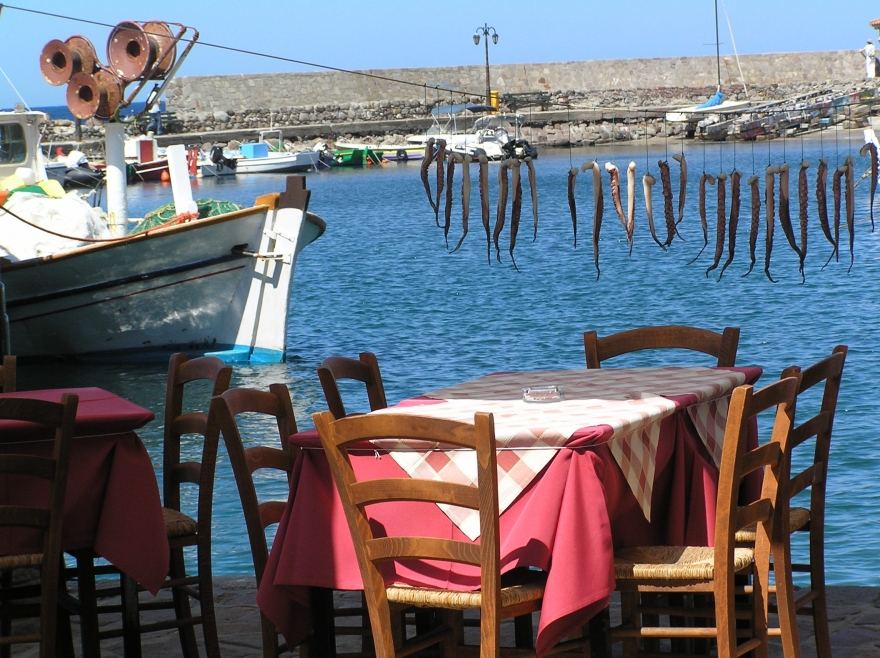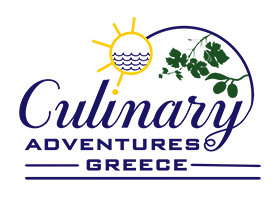
Mytilini (Lesvos) & Chios Islands
Mitylini ( Lesvos ) Island
Lesvos island or otherwise commonly known as Mytilini after its capital town is the third largest island in Greece. The picturesque town of Mytilini, built amphitheatrically around the southern port, will enchant you with its intense day and nightlife! Walking the alleys towards the district called "Sourada", you can admire the special architecture of the houses which is a combination of neoclassical and renaissance styles that will automatically transport you to another era. Together with the picturesque beauty of the island, you can discover the Roman aqueduct, the monasteries, the churches of the island, Olympus of Agiasos, the waterfalls of Mantamados, the Byzantine castle which is the largest in the Mediterranean and the unique beaches of the island.
The island is a holiday destination with many attractions worth discovering, including castles, museums, archaeological sites, monasteries, wetlands and the petrified forest. Furthermore, located in the middle of the island are many neoclassical mansions, majestic churches with impressive architecture and the magnificent monuments from the Ottoman era. There are also many villages and settlements scattered on the island with traditional architecture and natural landscape of unique beauty. The variety of beaches can satisfy all tastes and requirements; from beaches with organised facilities and activities, to more quiet or secluded ones.
Take time to visit the fossil forest, one of the most important monuments in the world of our natural heritage. The fossilized tree trunks, scattered over an area of 150,000 acres, compose the famous fossilized forest. It was created 20,000,000 years ago and describes the great geological changes that occurred in the Aegean Sea.
The island that the great Greek poet Odysseas Elytis loved and dedicated some of his poetries to. It is a common belief that one can admire its beautiful natural landscapes, olive groves and pine forests. Some of the prominent personalities that originated from Lesbos island are the painter Theofilos, the writers Argyris Eftaliotis and Stratis Myrivilis, as well as the ancient lyric poet Sappho.
Primary Sector-Products: The primary production is based on both plant and animal production. The agricultural sector is dominated by olive cultivation and viticulture and is the main job of the local population. The activity from both plant and animal production varies from region to region depending on the region’s location. This is due to the local traditional production of organic branded products, as well as the possibility of its further development. Most of the local traditional products such as olive oil, olives, cheeses, etc., are of “Protected Designation of Origin” (PDO), Products of Protected Geographical Indication (PGI).
Local Cuisine: When visiting the island, one must try the delicious local specialities such as the eggplant pilaf, the famous sogania - stuffed onions with minced meat and rice and the traditional local burgers, cooked in orange leaves. Guests can also enjoy excellent delicacies which are by accompanied by the locally produced and the branded ouzo, Plomari. Another traditional local dish is the sardines from the picturesque village of Kalloni. During the month of November, its time to celebrate with Chestnuts! Huge quantities are collected at the village of Agiassos and visitors and locals have the opportunity to taste roasted and boiled chestnuts and also purchase them from the local producers. Make sure to taste the local sweets baklava and macaroons which are excellent.
Chios Island
Chios is located Northeast of the Aegean Sea. Since fishing is the island’s primary production the local economy has invested in the aquacultures. The island’s lifestyle combines the modern with the traditional way of life. The unexplored beauty and its impressive landscapes make the island an ideal destination any time of the year. The island is also known for its Greek Easter traditional custom that dates back to the Ottoman Empire period. It is a unique experience of rocket exchange warfare between the two "rival" parishes, “Agios Markos” and “Panagia Erithiani”, where they launch thousands of improvised rockets on the night of Holy Saturday aiming at the bell tower of the rival church, creating a unique spectacle.
With around 90 impressive beaches waiting to be discovered, holidays in Chios are intertwined with exploration and diving in deep blue waters and the unique local cuisine needs to be equally explored. Some of the traditional dishes are the meatballs with fennel, the braised goat, the traditional eggplant-pilaf and the local traditional dish called sfoggato “the sponge”. Visitors must also taste some of the local products such as the homemade pasta, the cheese called “Mastelo”, olives and the indigenous tangerines.
Chios is world-famous for its mastic production. Mastic is a resin obtained from the mastic tree. It is also known as tears of Chios. Like all other natural resins, mastic is produced in "tears" or droplets. It is excreted by the resin glands of the mastic trees and dries into pieces of brittle, translucent resin. When chewed, the resin softens and becomes a bright white and opaque gum. The flavour is bitter at first, but after some chewing, it releases a refreshing flavour similar to pine and cedar. There were twenty-four “mastichochoria” or mastic villages, on the island of Chios that are dedicated to the cultivation and production of mastic. Chios Mastic production is protected by the EU designation of origin. The island's mastic production is controlled by a co-operative, the Chios Gum Mastic Growers Association, founded in 1938. The Chios Mastic Museum offers a permanent exhibition about mastic production on the island, explaining its history and cultivation techniques as well as demonstrating its different uses today. Chios mastic is considered a spice for food. It is commonly used for baking and cooking, adding its aroma to foodstuffs such as brioches, ice cream and other desserts. There are numerous small businesses and workshops that produce perfumes and cosmetics from mastic.
Image Gallery
https://www.culinaryadventuresgreece.com/index.php/mytilini-chios-islands#sigProId495e4e4c0b

